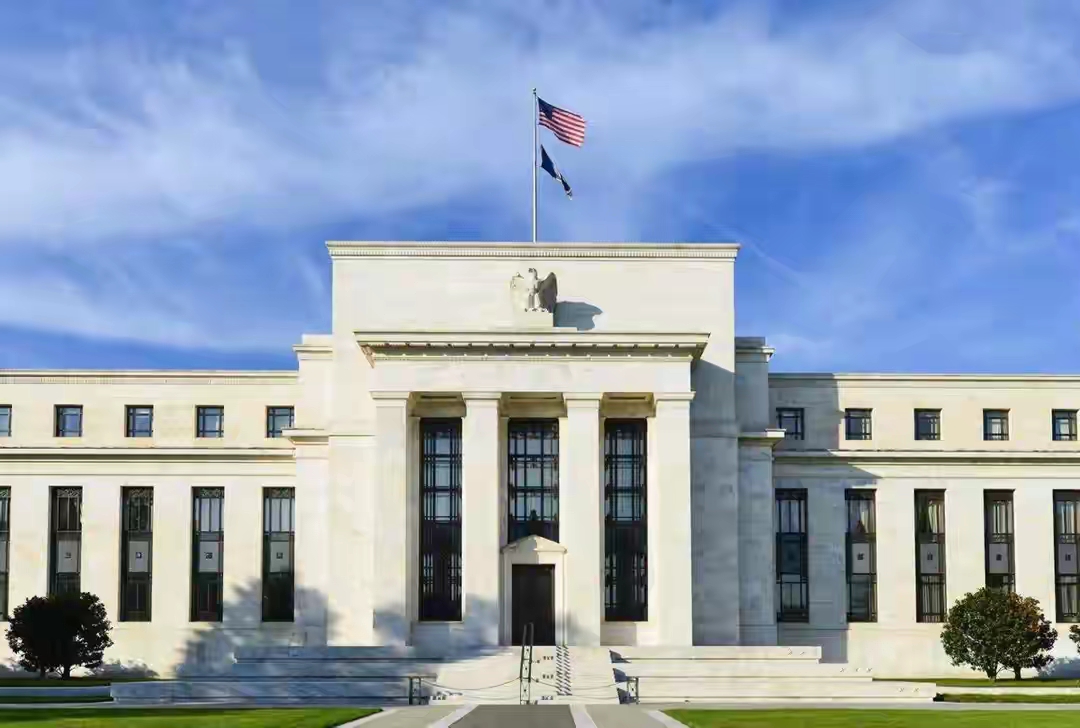
On September 17th local time, the Federal Reserve of the United States lowered its target range for the federal funds rate by 25 basis points to 4.00% -4.25%, marking the first time since December 2024 that the Fed has cut interest rates and instantly dropped a deep water bomb on global financial markets. In the current era of economic globalization, the Federal Reserve's monetary policy adjustment is like throwing a giant stone into a calm lake, with ripples rapidly spreading to every corner of the global economy and far-reaching impacts.
The sluggish performance of the US labor market is the core triggering factor for this round of interest rate cuts. In August 2025, non farm employment only added 22000 people, the unemployment rate rose to 4.3%, and consumer confidence in the job market fell to its lowest level since 2013. The deterioration speed, magnitude, and potential risks of employment data far exceed the moderate rebound of inflation (core CPI still reached 3.1% in August, higher than the 2% target), forcing the Federal Reserve to adopt a "precautionary interest rate cut" to avoid accelerated deterioration of the employment situation.
The Trump administration has repeatedly pressured the Federal Reserve to cut interest rates, with Treasury Secretary Besson implying that current interest rates are above the "neutral rate" and demanding an adjustment to the interest rate level. Despite the Fed's emphasis on policy independence, political pressure still affects the pace of decision-making.
From the perspective of global capital flows, the Federal Reserve's interest rate cuts have reduced the attractiveness of US dollar assets. Investors will withdraw their funds from the US market in pursuit of higher returns and instead invest in assets in other countries and regions. Emerging market countries may attract a large influx of foreign investment due to their high economic growth potential and investment return rate. These funds can provide more financing opportunities for enterprises in emerging markets and promote local economic development. But for some countries with weak economic fundamentals and a high correlation between their currency and the US dollar, massive capital outflows may lead to financial market turbulence, increased pressure for currency depreciation, and even trigger debt crises.
In terms of international trade, as the main global settlement currency, the US dollar often weakens when the Federal Reserve cuts interest rates. The depreciation of the US dollar makes US export products more competitive in the international market, which helps the US expand exports and improve its trade deficit. However, for other countries, especially those that settle imports in US dollars, the depreciation of the US dollar means an increase in import costs, which may trigger input inflation, affect domestic price stability, and also have an impact on international trade balance.
In the global monetary policy linkage, the Fed's interest rate cuts usually trigger a chain reaction. Other central banks may follow suit with interest rate cuts to maintain exchange rate stability and economic competitiveness. This global monetary policy adjustment will change the global monetary policy landscape, affecting the cost of funds and liquidity. For example, after the Federal Reserve announced a rate cut, the Bank of Canada took the lead by announcing a 25 basis point rate cut, bringing the interest rate down to 2.5%. Following this, Middle Eastern Gulf countries such as Saudi Arabia, the United Arab Emirates, Qatar, and Kuwait also cut interest rates by 25 basis points. Excessive monetary easing may also bring negative effects, such as aggravating global asset foam and inflation risks.
Especially for the Asian economy, the impact of the Federal Reserve's interest rate cuts is multifaceted. In terms of exchange rate, the RMB may face appreciation pressure. Although the appreciation of the Chinese yuan helps alleviate the depreciation pressure caused by the strengthening of the US dollar, it will also reduce the price competitiveness of Chinese goods in the international market and have a certain impact on export enterprises. From the perspective of capital flow, China, as an important representative of emerging markets, may attract more foreign investment inflows, provide additional capital support for infrastructure construction, industrial upgrading, and technological innovation, and promote economic growth. The Federal Reserve's interest rate cut also provides more monetary policy operational space for the People's Bank of China, allowing it to use various policy tools more flexibly to address economic challenges.
The impact of the Federal Reserve's interest rate cuts on the global economy is intertwined with pros and cons. Countries around the world need to closely monitor their subsequent policy trends, adjust policies flexibly based on their own economic conditions, in order to cope with this complex and ever-changing global economic situation, seek opportunities in challenges, and achieve stable economic development.

報告顯示,中國電力投資加速增長,預計2024年電網基建投資將超過5300億元。
近日,市場迎來了一則引人注目的消息:工業巨頭3M公司(MMM.N)在本周五公布了其季度業績報告,隨後股價飆升至近兩年來的
最近,外媒給OpenAI算了筆賬,今年可能要血虧50億美元。
近日,巴黎奧運會和世界鐵人三項協會聯合發布了一項重大決定,宣布因塞納河水質污染問題,原定於近期進行的奧運會鐵人三項首次下
當地時間7月18日,法國巴黎發生了一起令人震驚的持刀襲警事件。
近期,一則重大消息在國際舞臺上引起軒然大波,馬來西亞宣布加入金磚國家。
調查發現,互聯網和智能手機的使用幹擾了韓國近五分之一學生的生活。